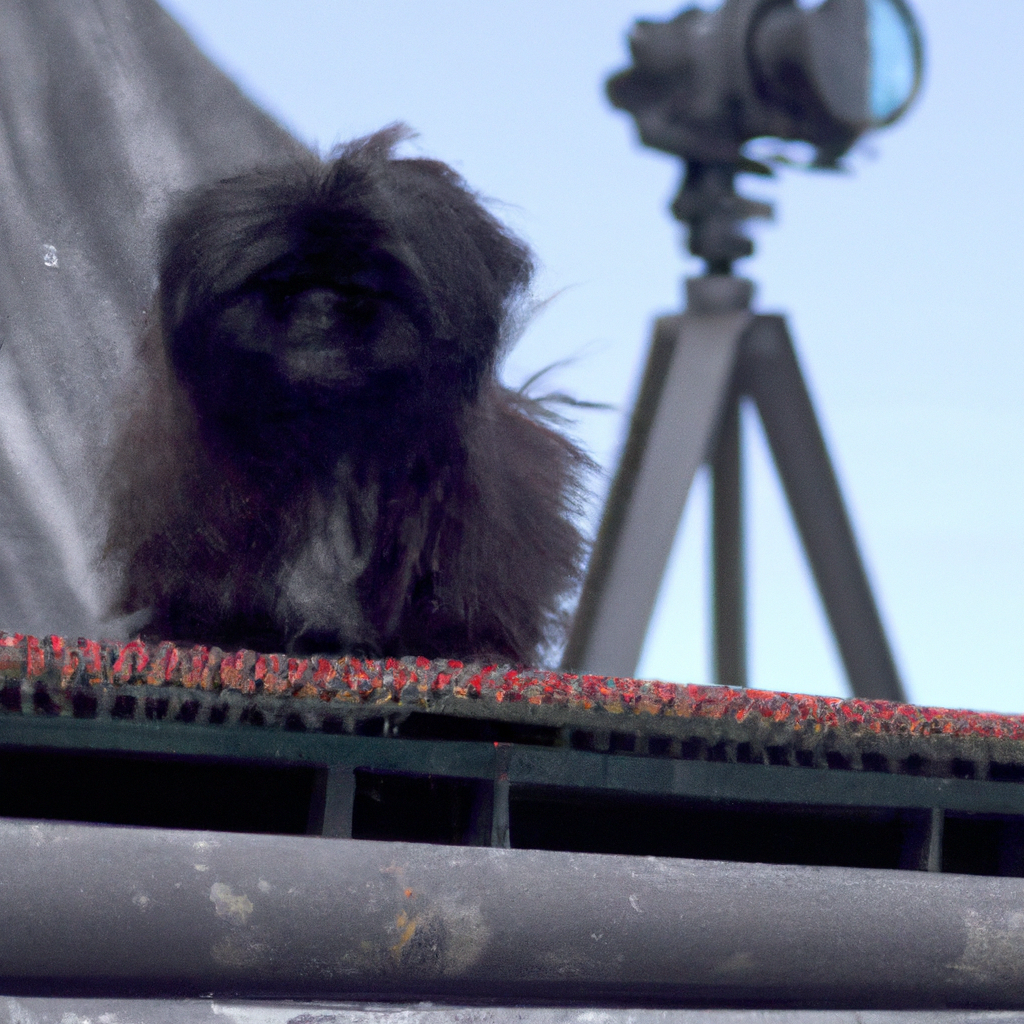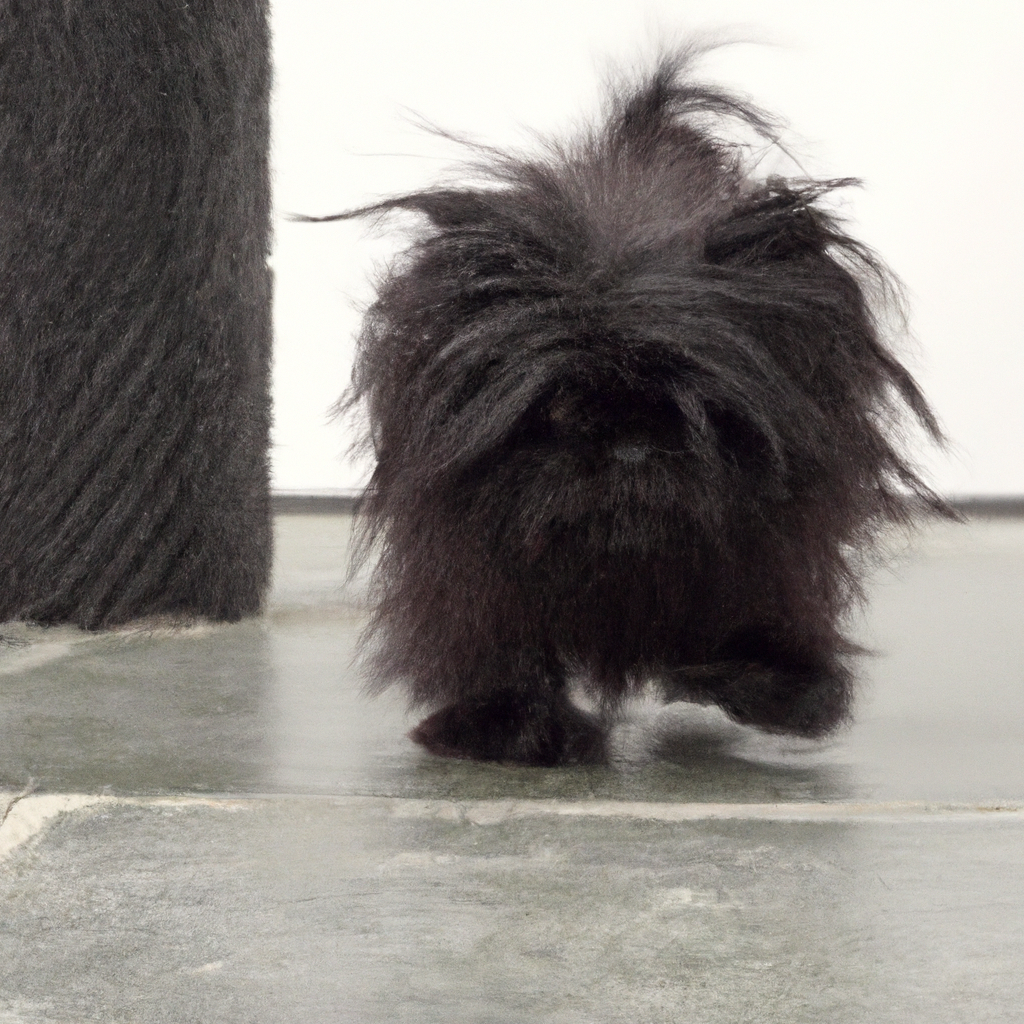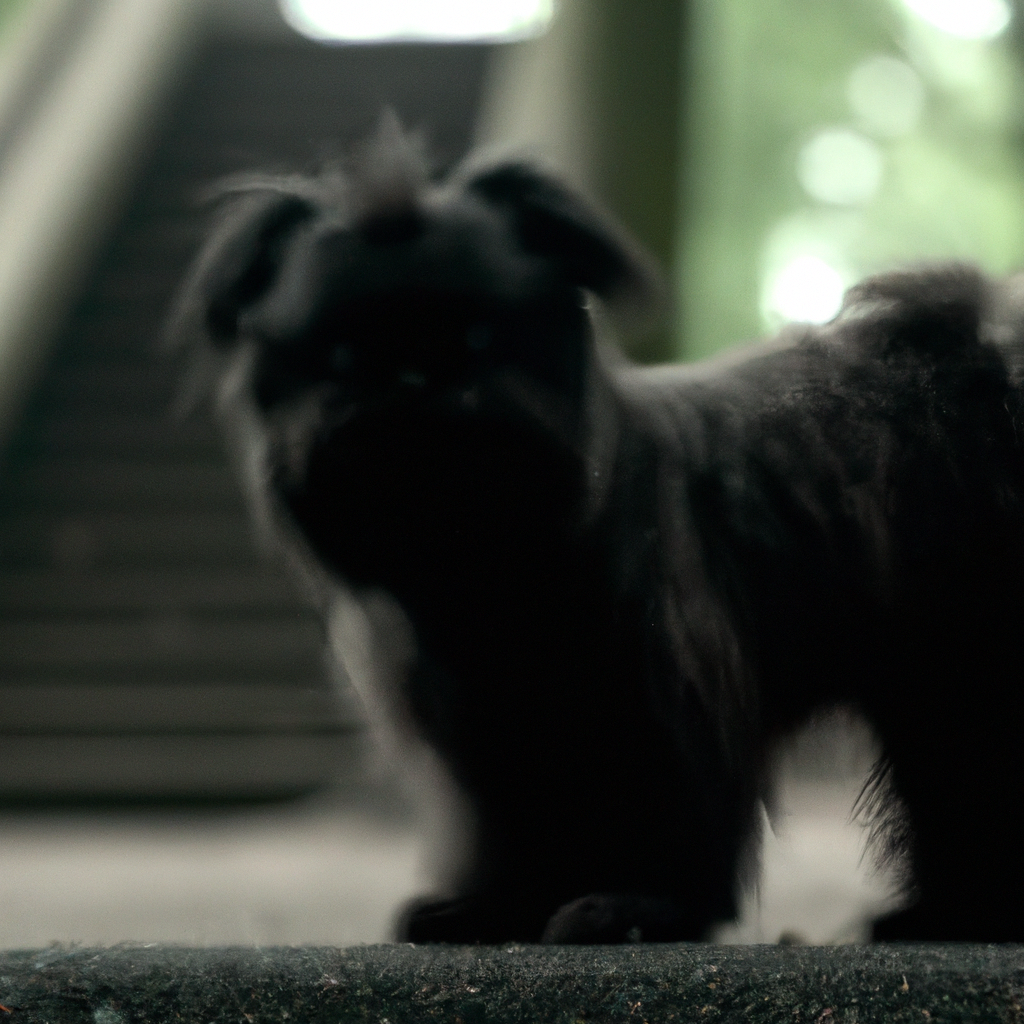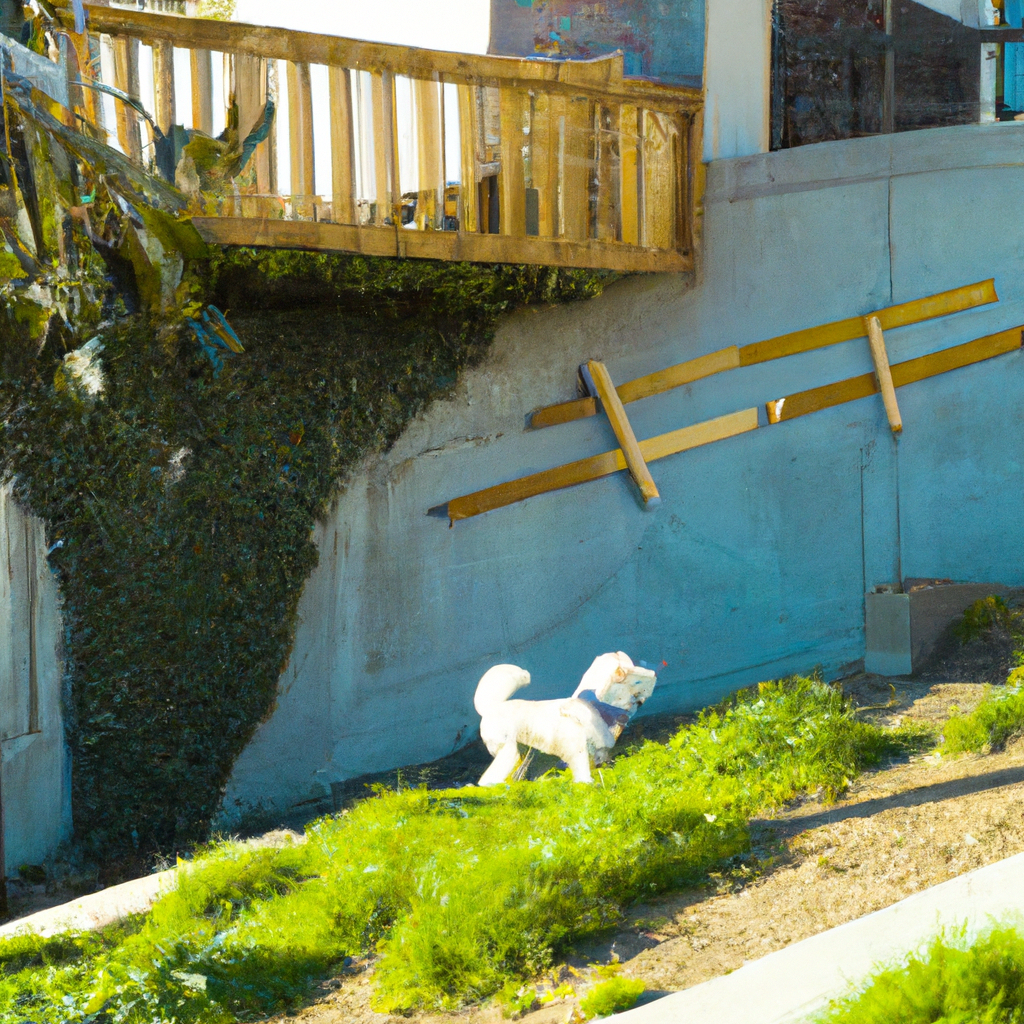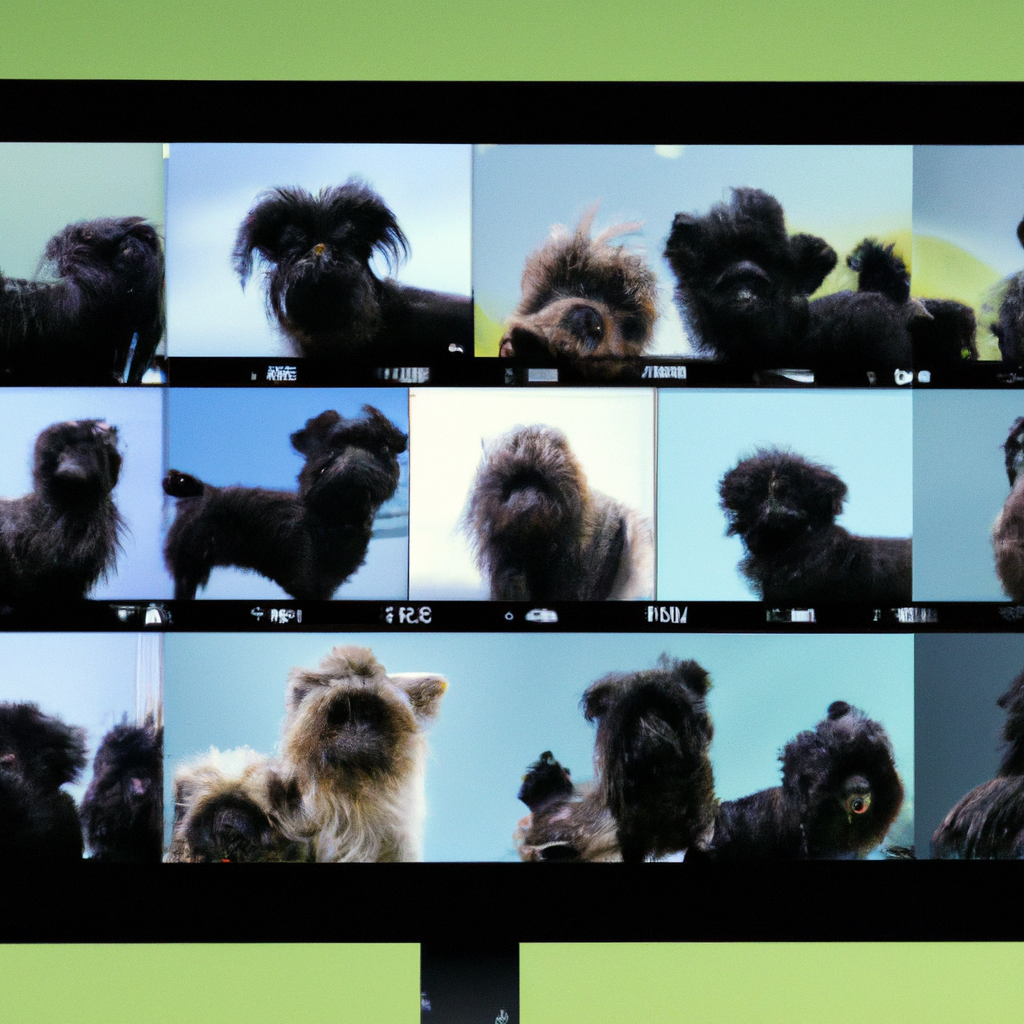Affenpinschers in the film industry have made a significant impact, despite their small size. These tiny, terrier-like dogs are known for their distinctive, monkey-like faces, hence their name which translates to “monkey terrier” in German. They have been featured in various films and TV shows, often stealing the scene with their unique appearance and lively personalities. Their roles in the film industry have ranged from comedic sidekicks to heartwarming companions, showcasing their versatility as actors. Despite their limited representation, Affenpinschers have left an indelible mark in the world of cinema.
The Role of Affenpinschers in Classic Cinema
Affenpinschers, with their distinctive monkey-like faces and playful personalities, have long been a beloved breed in the world of canine enthusiasts. But did you know that these charming little dogs have also made their mark in the classic cinema? Indeed, the role of Affenpinschers in the film industry is a fascinating tale that deserves to be told.
Let’s take a trip down memory lane, back to the golden age of Hollywood. It was a time when the silver screen was graced by the likes of Humphrey Bogart, Audrey Hepburn, and, yes, Affenpinschers. These small, scruffy dogs were often cast in roles that required a pet with a lot of character. Their expressive faces and lively demeanor made them a natural choice for directors looking to add a touch of whimsy or comic relief to their films.
One of the earliest examples of an Affenpinscher in film can be traced back to the 1930s. In the movie “The Thin Man,” an Affenpinscher named Asta became an overnight sensation. Asta’s role in the film was not just as a pet, but as a key character who helped solve the mystery at the heart of the plot. This clever use of a canine character was groundbreaking at the time and set the stage for many more Affenpinschers to shine on the silver screen.
As we move forward in time, Affenpinschers continued to charm audiences with their appearances in films. In the 1950s, an Affenpinscher named Mr. Jenkins stole the show in the film “The Lady and the Tramp.” His scruffy appearance and mischievous antics were a hit with audiences, and he quickly became one of the most beloved characters in the film.
But it wasn’t just their on-screen performances that made Affenpinschers a favorite in the film industry. Behind the scenes, these dogs were known for their easygoing nature and ability to get along with cast and crew. Their small size made them easy to handle on set, and their intelligence and trainability made them a joy to work with.
In more recent years, Affenpinschers have continued to make appearances in films, albeit in smaller roles. They’ve been featured in movies like “Men in Black,” where an Affenpinscher played the role of Frank the Pug’s girlfriend. And in “The Secret Life of Pets,” an Affenpinscher named Leonard stole the show with his hilarious antics.
So, the next time you’re watching a classic film, keep an eye out for these little scene-stealers. Whether they’re helping to solve a mystery, providing comic relief, or just adding a touch of charm to a scene, Affenpinschers have proven time and again that they’re more than just cute faces. They’re talented actors who have played a significant role in the history of cinema. And who knows? The next big star in Hollywood might just be an Affenpinscher.
Affenpinschers: The Unsung Heroes of Animated Films
Affenpinschers, often referred to as “Monkey Terriers” due to their distinct primate-like appearance, have been stealing the show in the film industry for years. These small, quirky dogs, with their wiry coats and expressive faces, have become the unsung heroes of animated films, bringing joy and laughter to audiences worldwide.
The Affenpinscher’s unique look and personality make them a perfect choice for animators. Their scruffy fur, bushy eyebrows, and prominent eyes lend themselves well to caricature, allowing animators to create characters that are both visually appealing and full of personality. Moreover, their small size and energetic nature make them ideal for roles that require a lot of movement and action.
One of the most notable examples of Affenpinschers in animated films is the character of Max in the 2016 film “The Secret Life of Pets.” Max, a lovable and loyal Affenpinscher, is the protagonist of the film, and his adventures form the crux of the story. His character is a perfect representation of the breed’s playful and adventurous nature. Max’s character was so well-received that he was brought back for the sequel, further cementing the Affenpinscher’s place in animated film history.
But it’s not just their physical attributes that make Affenpinschers a popular choice for animated films. Their personalities also play a significant role. Affenpinschers are known for their fearless and adventurous nature, traits that make for compelling and engaging characters. They are also incredibly loyal and protective, qualities that lend themselves well to roles that require a strong bond between the character and their human counterparts.
In addition to their roles in animated films, Affenpinschers have also made appearances in live-action films. Their distinctive look and charming personalities make them a popular choice for roles that require a unique and memorable canine character. For instance, an Affenpinscher named Cosmo played the role of ‘Daisy’ in the 2011 film “Beginners,” winning the hearts of audiences with his expressive eyes and endearing antics.
Despite their popularity in films, Affenpinschers remain a relatively rare breed. This rarity, combined with their unique look and personality, makes them a sought-after choice for filmmakers looking to create memorable and distinctive characters. However, their roles in films have also led to an increased interest in the breed, with more and more people discovering the joys of owning an Affenpinscher.
In conclusion, Affenpinschers have made a significant impact on the film industry, particularly in animated films. Their unique physical attributes and engaging personalities make them a popular choice for filmmakers, and their roles in films have brought joy and laughter to audiences worldwide. So, the next time you watch an animated film featuring a small, scruffy dog, take a moment to appreciate the Affenpinscher – the unsung hero of animated films.
How Affenpinschers Have Influenced the Film Industry
Affenpinschers, with their distinctive monkey-like faces and playful personalities, have made a significant impact on the film industry. These small, yet charismatic dogs have been stealing the spotlight in various films, captivating audiences with their unique charm and undeniable talent.
The Affenpinscher’s journey in the film industry began in the early 20th century. Their small size, expressive faces, and ability to perform tricks made them a popular choice for filmmakers. They were often cast in roles that required a dog to display a range of emotions, from joy and excitement to fear and sadness. Their natural ability to connect with the audience made them a favorite among directors and producers.
One of the most notable Affenpinschers in film history is “Asta,” who starred in the classic 1934 film “The Thin Man.” Asta’s performance was so memorable that it led to a surge in the popularity of the breed. People were charmed by Asta’s antics and the way the dog interacted with the film’s human stars. This film marked a turning point for Affenpinschers in Hollywood, as it showcased their potential as leading canine actors.
In addition to their roles in films, Affenpinschers have also made appearances in various television shows. Their small size and distinctive appearance make them ideal for roles that require a unique and memorable canine character. They have been featured in popular shows like “The Simpsons,” where an Affenpinscher named “Santa’s Little Helper” has become a beloved character.
The influence of Affenpinschers in the film industry extends beyond their on-screen appearances. They have also played a significant role in inspiring filmmakers and animators. Their unique appearance and playful personalities have served as the inspiration for various animated characters. For instance, the character “Scamp” in Disney’s “Lady and the Tramp” is believed to have been inspired by an Affenpinscher.
Moreover, the Affenpinscher’s influence on the film industry has also led to an increased interest in the breed. After seeing these dogs on screen, many people have become interested in adopting an Affenpinscher of their own. This has led to a rise in the breed’s popularity and an increase in the number of Affenpinscher breeders.
However, it’s important to note that while Affenpinschers are undoubtedly talented and charming, they are not just actors. They are living creatures with their own needs and personalities. Those who are considering adopting an Affenpinscher should do their research and ensure they are prepared to provide the care and attention these dogs require.
In conclusion, Affenpinschers have made a significant impact on the film industry. From their memorable performances in classic films to their influence on animated characters, these small dogs have left a big mark on Hollywood. Their unique charm and talent have not only entertained audiences but also inspired filmmakers and increased interest in the breed. As we look to the future, it’s clear that the Affenpinscher’s influence on the film industry is far from over.
The Impact of Affenpinschers on Movie Character Development
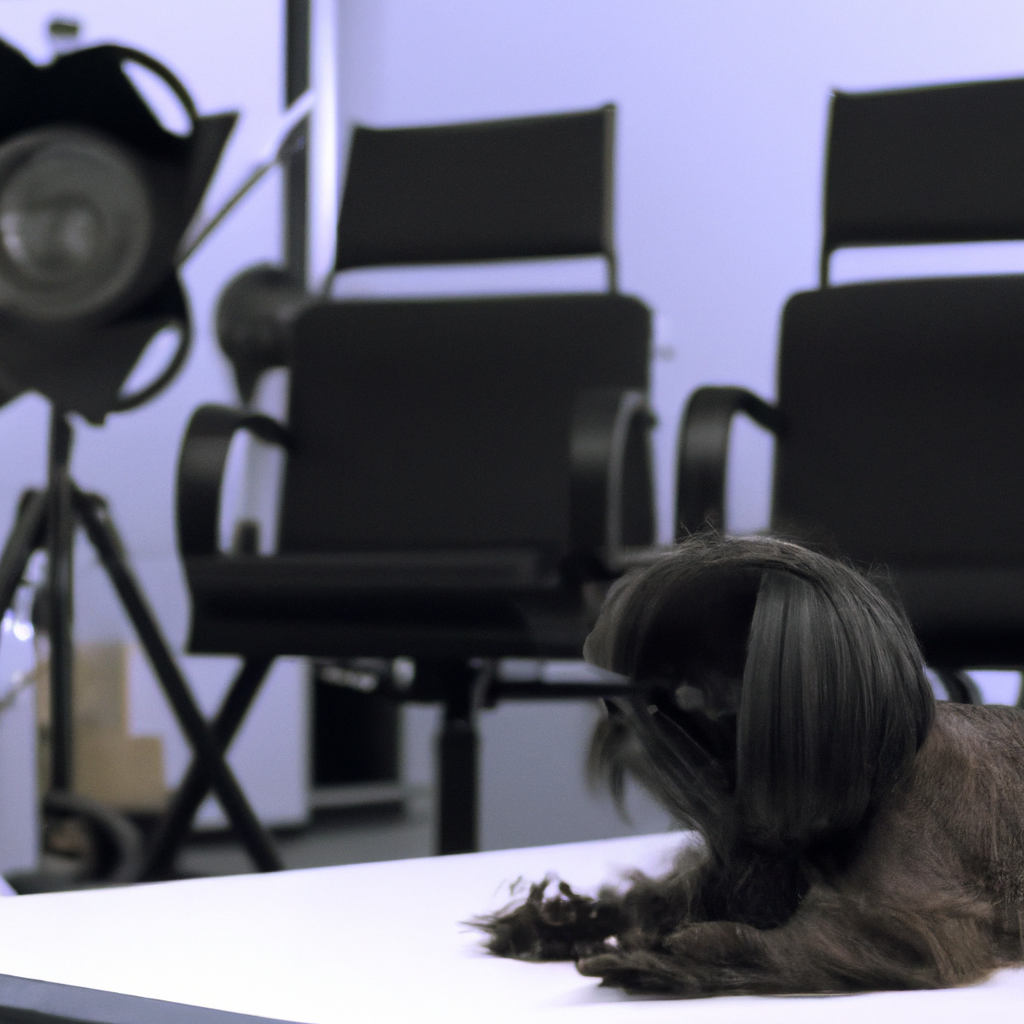
Affenpinschers, with their distinctive monkey-like faces and playful personalities, have made a significant impact on the film industry. These small, yet charismatic dogs have not only added a unique charm to the silver screen but have also played a crucial role in movie character development.
The Affenpinscher, a breed that originated in Germany, is known for its mischievous and adventurous spirit. This breed’s unique personality traits have been utilized by filmmakers to add depth and dimension to their characters. The Affenpinscher’s lively and inquisitive nature often mirrors the character traits of their human counterparts, creating a dynamic and engaging narrative.
One of the most notable examples of Affenpinschers in film is the 1993 movie “Look Who’s Talking Now”. In this film, the Affenpinscher named Rocks, voiced by Danny DeVito, is a street-smart dog who finds a home with the Ubriacco family. Rocks’ scrappy and resourceful nature reflects the family’s own struggles and resilience, adding a layer of complexity to the film’s narrative.
In addition to character development, Affenpinschers have also been used to create comedic relief. Their expressive faces and energetic antics often provide light-hearted moments in films, breaking up more serious scenes and adding a touch of humor. This was evident in the 2001 film “Zoolander”, where an Affenpinscher played a minor yet memorable role, adding a dash of comedy to the film’s overall narrative.
Moreover, Affenpinschers have also been used to evoke empathy and emotional responses from the audience. Their small size and endearing looks can tug at the heartstrings, making them perfect for roles that require the audience to feel a deep connection with the character. A prime example of this is the 2008 film “Hotel for Dogs”, where an Affenpinscher named Georgia plays a pivotal role in the plot, eliciting strong emotional responses from viewers.
The use of Affenpinschers in film also reflects a broader trend in the industry. Filmmakers are increasingly recognizing the value of incorporating animals into their narratives, not just as props, but as characters with their own personalities and story arcs. This trend is indicative of a growing appreciation for the emotional depth and complexity that animals can bring to a film.
In conclusion, Affenpinschers have made a significant impact on the film industry, particularly in the area of character development. Their unique personalities, combined with their expressive faces and playful antics, have made them a popular choice for filmmakers. Whether they’re providing comedic relief, mirroring human character traits, or evoking emotional responses, Affenpinschers have proven to be more than just cute faces on the big screen. They have become integral parts of the narrative, contributing to the richness and depth of the story. So, next time you watch a movie, keep an eye out for these little scene-stealers. You might be surprised at how much they add to the film’s narrative.
Affenpinschers in Film: A Study of Canine Representation
Affenpinschers, with their distinctive monkey-like faces and playful personalities, have long been a favorite among dog lovers. But did you know that these charming canines have also made a significant impact in the film industry? Indeed, the Affenpinscher’s unique appearance and lively temperament have made them a popular choice for various roles in movies and television shows.
The Affenpinscher’s journey in the film industry began in the early 20th century. Their small size, coupled with their expressive faces, made them ideal for roles that required a dog to convey a range of emotions. Moreover, their natural curiosity and intelligence made them easy to train, a trait that directors and animal handlers found invaluable.
One of the earliest examples of an Affenpinscher in film is the 1931 movie “The Little Colonel,” where an Affenpinscher named “Bozo” played a pivotal role. The film’s success helped to cement the Affenpinscher’s place in Hollywood, and soon, these dogs were appearing in a variety of films, from comedies to dramas.
As the film industry evolved, so did the roles that Affenpinschers played. In the 1950s and 1960s, they were often cast as the loyal companion of the film’s protagonist, a role that showcased their loyalty and affectionate nature. In the 1970s and 1980s, Affenpinschers began to take on more comedic roles, with their mischievous antics providing plenty of laughs for audiences.
In recent years, Affenpinschers have continued to be a popular choice for filmmakers. Their distinctive appearance and personality make them a memorable addition to any film or television show. For instance, in the 2009 film “Hotel for Dogs,” an Affenpinscher named “Romeo” stole the show with his adorable antics and expressive face.
But it’s not just their on-screen performances that have made Affenpinschers a favorite in the film industry. Behind the scenes, these dogs are known for their professionalism and easygoing nature. They’re quick learners, which makes them a joy to work with for animal trainers. Plus, their small size makes them easy to manage on set, a factor that’s especially important in the fast-paced world of film production.
Despite their success in the film industry, Affenpinschers remain relatively rare. This rarity, combined with their unique appearance and personality, makes them a standout choice for filmmakers looking to add a touch of uniqueness to their productions.
In conclusion, the Affenpinscher’s journey in the film industry is a testament to their versatility and charm. From their early days in Hollywood to their modern roles in film and television, these dogs have proven time and again that they’re more than just cute faces. They’re talented performers with a knack for stealing the spotlight, and we can’t wait to see where their film careers take them next. So next time you’re watching a movie or a TV show, keep an eye out for these little stars. You never know when an Affenpinscher might make an appearance!
The Evolution of Affenpinschers in Hollywood
Affenpinschers, affectionately known as “monkey dogs” due to their distinct primate-like appearance, have been charming audiences in the film industry for decades. These small, quirky dogs, with their wiry coats and expressive faces, have a unique appeal that has seen them evolve from minor roles to starring characters in Hollywood.
The Affenpinscher’s journey in Hollywood began in the early 20th century, where they were often cast as the loyal companion to the film’s protagonist. Their small size and distinctive looks made them ideal for such roles, as they were easily recognizable and could add a touch of humor or charm to a scene. However, their roles were typically limited, and they were rarely given the chance to truly shine.
As the film industry evolved, so did the roles of Affenpinschers. Filmmakers began to recognize the breed’s potential for more significant parts, thanks to their intelligence and trainability. Affenpinschers are known for their lively personalities and ability to learn new tricks quickly, making them perfect for more complex roles. This shift in perception led to Affenpinschers being cast in more prominent roles, often stealing the show with their antics.
One of the most notable examples of an Affenpinscher taking center stage is in the 2009 film “Hotel for Dogs.” In this family-friendly comedy, a scrappy Affenpinscher named Shep plays a pivotal role in the plot, showcasing the breed’s intelligence and charm. Shep’s performance in the film was widely praised, and it marked a significant milestone in the Affenpinscher’s evolution in Hollywood.
The success of Affenpinschers in films like “Hotel for Dogs” has led to an increased demand for the breed in the film industry. Today, Affenpinschers are regularly cast in a variety of roles, from comedic sidekicks to heroic leads. Their unique looks and personalities make them a favorite among filmmakers and audiences alike.
However, the rise of Affenpinschers in Hollywood has not been without its challenges. The breed’s popularity has led to concerns about unethical breeding practices and the welfare of the dogs. It’s important to remember that while Affenpinschers are indeed talented performers, they are also living creatures that deserve to be treated with respect and care.
In response to these concerns, many filmmakers are now working closely with animal welfare organizations to ensure that Affenpinschers and other animals used in films are treated humanely. This includes providing proper training, regular breaks, and comfortable living conditions for the dogs.
The evolution of Affenpinschers in Hollywood is a testament to the breed’s versatility and charm. From minor roles to starring characters, these “monkey dogs” have proven that they have what it takes to shine on the big screen. As the film industry continues to evolve, it’s exciting to think about what the future holds for Affenpinschers in Hollywood. Whether they’re making audiences laugh, tugging at their heartstrings, or saving the day, one thing is for sure: Affenpinschers have secured their place in the spotlight.
Affenpinschers: Their Journey from Pets to Movie Stars
Affenpinschers, often referred to as “Monkey Terriers” due to their distinct primate-like appearance, have been stealing hearts in households for centuries. But did you know that these adorable, pint-sized pups have also been making waves in the film industry? That’s right, Affenpinschers have been transitioning from beloved pets to bona fide movie stars, and their journey is nothing short of fascinating.
The Affenpinscher’s journey to the silver screen began in the early 20th century. Their unique appearance, coupled with their lively and fearless personalities, made them a natural fit for the camera. The first Affenpinscher to make a mark in the film industry was a little fellow named Max, who starred in a series of silent films in the 1920s. Max’s comedic antics and expressive face quickly made him a favorite among audiences, paving the way for future Affenpinschers in film.
As the film industry evolved, so did the roles of Affenpinschers. They transitioned from comedic sidekicks to more serious roles, showcasing their versatility as actors. In the 1940s, an Affenpinscher named Daisy stole the show in a dramatic film about a family struggling during the Great Depression. Daisy’s performance was so moving that it led to an increase in the breed’s popularity, with many families seeking to adopt Affenpinschers of their own.
In the following decades, Affenpinschers continued to make their mark in the film industry. They starred in a variety of genres, from action-packed thrillers to heartwarming family films. Their small size and distinctive appearance made them ideal for roles that required a unique, memorable character. Moreover, their intelligence and trainability made them a favorite among directors and trainers alike.
The rise of animated films in the late 20th century opened up a new avenue for Affenpinschers. Their unique look and personality made them a popular choice for animators looking to create distinctive, lovable characters. One of the most famous animated Affenpinschers is undoubtedly Fifi from the popular film series “The Secret Life of Pets”. Fifi’s character, with her sassy attitude and distinctive Affenpinscher looks, has become a favorite among audiences worldwide.
In recent years, Affenpinschers have continued to shine in the film industry. They’ve starred in a variety of roles, from heroic dogs saving the day to loyal companions providing comfort in times of distress. Their unique blend of charm, intelligence, and versatility has ensured their continued popularity on the big screen.
The journey of Affenpinschers from pets to movie stars is a testament to their unique appeal. Their distinctive looks, combined with their lively personalities and intelligence, make them a natural fit for the camera. Whether they’re making audiences laugh with their comedic antics, tugging at heartstrings with their dramatic performances, or winning over fans with their animated adventures, Affenpinschers have proven that they’re more than just adorable pets – they’re bona fide movie stars.
So, the next time you’re watching a film and a small, monkey-faced dog steals the scene, chances are it’s an Affenpinscher. And now you know a bit more about their fascinating journey from beloved pets to movie stars.
The Cinematic Significance of Affenpinschers in Film Noir
Affenpinschers, a breed of small dogs known for their monkey-like faces and playful personalities, have made a significant impact in the film industry, particularly in the genre of film noir. Their unique appearance and expressive features have made them a popular choice for directors and producers looking to add a touch of whimsy or intrigue to their films.
Film noir, a cinematic term used primarily to describe stylish Hollywood crime dramas, particularly those that emphasize cynical attitudes and sexual motivations, has a rich history of incorporating animals into its narratives. The Affenpinscher, with its distinctive look and spirited demeanor, has proven to be a perfect fit for this genre.
The Affenpinscher’s small size and agile movements make it an ideal choice for scenes requiring a quick, nimble character. Their dark, wiry coats and expressive eyes lend themselves well to the shadowy, high-contrast lighting that is characteristic of film noir. Moreover, their mischievous and somewhat mysterious nature aligns perfectly with the genre’s themes of intrigue and deception.
One of the most notable examples of an Affenpinscher in film noir is in the classic movie “The Maltese Falcon.” In this film, the Affenpinscher plays a pivotal role, serving as a symbol of mystery and desire. Its presence adds a layer of complexity to the narrative, enhancing the film’s overall sense of suspense and intrigue.
In addition to their physical attributes, Affenpinschers are known for their lively and engaging personalities. They are intelligent, curious, and full of energy, traits that make them excellent performers. Their ability to follow directions and adapt to different situations makes them a favorite among directors and actors alike.
Despite their small size, Affenpinschers have a big presence on screen. Their expressive faces and animated movements can convey a wide range of emotions, from fear and suspicion to joy and excitement. This versatility makes them an invaluable asset in film noir, a genre known for its complex characters and emotionally charged narratives.
The Affenpinscher’s contribution to film noir extends beyond their on-screen performances. Their unique look and personality have inspired filmmakers to create more diverse and interesting characters. They have also influenced the genre’s visual style, with their dark coats and expressive eyes becoming a common motif in film noir cinematography.
In conclusion, the Affenpinscher’s unique physical characteristics and engaging personality have made it a popular choice in the film noir genre. Their presence adds a layer of intrigue and complexity to the narrative, enhancing the overall cinematic experience. Whether they are playing a pivotal role in the plot or serving as a visual motif, Affenpinschers have proven to be a valuable asset in the film industry. Their contributions to film noir have not only enriched the genre but also highlighted the versatility and charm of this distinctive breed.In conclusion, Affenpinschers have a limited presence in the film industry. Their unique appearance and playful nature can add a distinctive element to films, but their representation is not as widespread as some other dog breeds.
